Privacy Frameworks and Measures of Communication Platforms: Exploring Innovation and Security
Abstract: This post delves into the evolving landscape of privacy frameworks and the measures adopted by communication platforms. We explore the essential privacy trends, such as legal requirements like GDPR and CCPA, and review how leading platforms—Telegram, WhatsApp, Signal, and others—comply with and exceed these standards. We also examine technical features, challenges, and future innovations in the ecosystem, while drawing connections to related subjects such as blockchain, NFT marketing, and sustainable practices. Throughout this discussion, we include practical examples, a structured overview in tables and bullet lists, and insider insights from influential voices in the tech and open-source communities. Introduction In our interconnected digital world, ensuring privacy and maintaining data protection have become top priorities for users and regulatory bodies alike. Communication platforms are under constant pressure to implement robust security measures that protect personal data from unauthorized access and data breaches. This post provides an in-depth look at privacy frameworks and the technical measures adopted by leading communication services. We analyze how platforms like Telegram evolve to meet stringent privacy guidelines while adapting to modern-day challenges. This discussion is particularly relevant as legislation such as the GDPR in Europe and CCPA in California have reshaped the way companies handle user data. We also highlight the unique security features offered by WhatsApp and Signal, and draw connections to emerging themes such as blockchain technology and NFT marketing, as seen in related topics like What is Blockchain and What is NFT Marketing. Background and Context A Brief History of Communication Privacy Privacy in communication is not a new concern. Over decades, regulatory frameworks have been developed to streamline how personal data is collected, stored, and processed. In response to frequent data breaches and misuse, governments worldwide have introduced comprehensive privacy measures: GDPR (General Data Protection Regulation): Enacted in 2018 by the European Union, GDPR emphasizes the rights of users to control their personal data and imposes strict obligations on data processors. CCPA (California Consumer Privacy Act): Passed in California, this act grants residents enhanced rights regarding the collection and use of their data. These regulations compel platforms to implement state-of-the-art encryption, anonymization, and audit mechanisms that ensure user privacy. The Evolution of Communication Platforms Platforms such as Telegram have been pioneers in leveraging encryption and secure infrastructure. By designing systems that are both user-friendly and secure, they cater to the growing demand for privacy. One can explore more in-depth privacy measures by visiting Fragment Telegram and Privacy. Other platforms, like WhatsApp and Signal, have also integrated end-to-end encryption and advanced identity management features to safeguard data. This constant evolution is reshaping the digital communication landscape. Ecosystem Context Beyond conventional messaging apps, the digital ecosystem is witnessing a convergence of technologies. Blockchain and NFT markets are beginning to influence privacy strategies. For instance, blockchain-based methods can help track data integrity and secure open source licensing, as discussed in topics like Tokenizing Open Source Licenses and Sustainable Blockchain Practices. Core Concepts and Features In this section, we delve into the technical and conceptual core behind privacy in communication platforms. Key Privacy Frameworks Encryption Techniques: Most modern platforms implement end-to-end encryption. This technique ensures that only the communicating users can read the messages. Whether using symmetric or asymmetric encryption, the concept remains the same: safeguarding data from interception. Access Controls and Authentication: Strong authentication mechanisms, including two-factor authentication (2FA) and biometric access, are fundamental in protecting user accounts. Features like checkpoint verifications further reduce unauthorized access. Regulatory Compliance: Platforms must adhere to laws like GDPR and CCPA, ensuring features such as data portability, consent management, and the right to be forgotten. Privacy Measures in Leading Platforms Below is a table summarizing how several platforms integrate privacy measures: Platform Encryption Privacy Features Regulatory Compliance Telegram End-to-end encryption* Secret chats, self-destruct timers, two-step verification Compliant with global data protection mandates WhatsApp Signal Protocol-induced encryption Media encryption, WhatsApp Business with secure messaging Aligns with GDPR and other regional rules Signal Open-source end-to-end encryption Disappearing mess
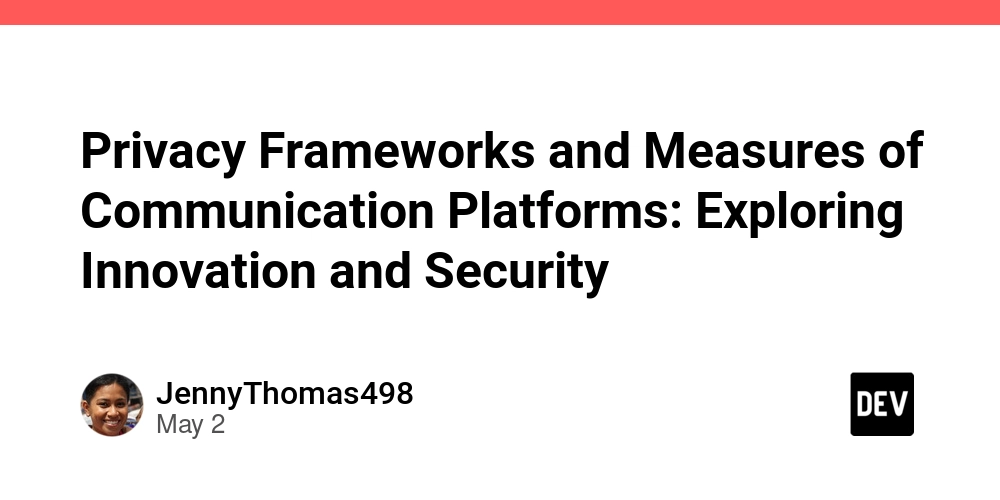
Abstract:
This post delves into the evolving landscape of privacy frameworks and the measures adopted by communication platforms. We explore the essential privacy trends, such as legal requirements like GDPR and CCPA, and review how leading platforms—Telegram, WhatsApp, Signal, and others—comply with and exceed these standards. We also examine technical features, challenges, and future innovations in the ecosystem, while drawing connections to related subjects such as blockchain, NFT marketing, and sustainable practices. Throughout this discussion, we include practical examples, a structured overview in tables and bullet lists, and insider insights from influential voices in the tech and open-source communities.
Introduction
In our interconnected digital world, ensuring privacy and maintaining data protection have become top priorities for users and regulatory bodies alike. Communication platforms are under constant pressure to implement robust security measures that protect personal data from unauthorized access and data breaches. This post provides an in-depth look at privacy frameworks and the technical measures adopted by leading communication services. We analyze how platforms like Telegram evolve to meet stringent privacy guidelines while adapting to modern-day challenges.
This discussion is particularly relevant as legislation such as the GDPR in Europe and CCPA in California have reshaped the way companies handle user data. We also highlight the unique security features offered by WhatsApp and Signal, and draw connections to emerging themes such as blockchain technology and NFT marketing, as seen in related topics like What is Blockchain and What is NFT Marketing.
Background and Context
A Brief History of Communication Privacy
Privacy in communication is not a new concern. Over decades, regulatory frameworks have been developed to streamline how personal data is collected, stored, and processed. In response to frequent data breaches and misuse, governments worldwide have introduced comprehensive privacy measures:
- GDPR (General Data Protection Regulation): Enacted in 2018 by the European Union, GDPR emphasizes the rights of users to control their personal data and imposes strict obligations on data processors.
- CCPA (California Consumer Privacy Act): Passed in California, this act grants residents enhanced rights regarding the collection and use of their data.
These regulations compel platforms to implement state-of-the-art encryption, anonymization, and audit mechanisms that ensure user privacy.
The Evolution of Communication Platforms
Platforms such as Telegram have been pioneers in leveraging encryption and secure infrastructure. By designing systems that are both user-friendly and secure, they cater to the growing demand for privacy. One can explore more in-depth privacy measures by visiting Fragment Telegram and Privacy.
Other platforms, like WhatsApp and Signal, have also integrated end-to-end encryption and advanced identity management features to safeguard data. This constant evolution is reshaping the digital communication landscape.
Ecosystem Context
Beyond conventional messaging apps, the digital ecosystem is witnessing a convergence of technologies. Blockchain and NFT markets are beginning to influence privacy strategies. For instance, blockchain-based methods can help track data integrity and secure open source licensing, as discussed in topics like Tokenizing Open Source Licenses and Sustainable Blockchain Practices.
Core Concepts and Features
In this section, we delve into the technical and conceptual core behind privacy in communication platforms.
Key Privacy Frameworks
Encryption Techniques:
Most modern platforms implement end-to-end encryption. This technique ensures that only the communicating users can read the messages. Whether using symmetric or asymmetric encryption, the concept remains the same: safeguarding data from interception.Access Controls and Authentication:
Strong authentication mechanisms, including two-factor authentication (2FA) and biometric access, are fundamental in protecting user accounts. Features like checkpoint verifications further reduce unauthorized access.Regulatory Compliance:
Platforms must adhere to laws like GDPR and CCPA, ensuring features such as data portability, consent management, and the right to be forgotten.
Privacy Measures in Leading Platforms
Below is a table summarizing how several platforms integrate privacy measures:
| Platform | Encryption | Privacy Features | Regulatory Compliance |
|---|---|---|---|
| Telegram | End-to-end encryption* | Secret chats, self-destruct timers, two-step verification | Compliant with global data protection mandates |
| Signal Protocol-induced encryption | Media encryption, WhatsApp Business with secure messaging | Aligns with GDPR and other regional rules | |
| Signal | Open-source end-to-end encryption | Disappearing messages, minimal data retention | Privacy-first approach with strong legal compliance |
| Fragment Telegram | Advanced privacy enhancements | Integrated NFT features and blockchain-backed security tools | Augmented privacy when bridging crypto and messaging |
*Note: Telegram offers both cloud-based messaging and secret chats that use end-to-end encryption.
Overlaps with Related Technologies
Privacy is now intersecting with other technological domains like:
Blockchain:
The immutable nature of blockchain aids in creating transparent data logs and secure, decentralized identity verification methods (What is Blockchain).NFT and Digital Ownership:
NFT marketplaces and digital collectibles represent emerging trends where privacy is critical. Discussions on NFT Marketing show how tokenized assets require robust privacy and security measures.Open Source Security:
Open source projects like Fragment Telegram merge community involvement with transparent security protocols.
Bullet List: Core Privacy Features
- End-to-End Encryption: Ensures that only the sender and recipient can access the message content.
- Two-Factor Authentication (2FA): Provides an extra layer of security through secondary verification.
- Data Minimization: Collects only necessary user data to reduce risks.
- User Consent: Empowers users with control over their personal data.
- Regular Audits: Continuous evaluation of security protocols to address new vulnerabilities.
Applications and Use Cases
Secure Messaging in a Regulated World
Consider the case of a global enterprise that manages sensitive client communications. In order to secure these interactions, the company adopts platforms with robust privacy protocols. For instance, using a service like Telegram with secret chats and self-destructing messages ensures that sensitive information is protected from cyber threats.
Integration in Decentralized Applications
Privacy frameworks are not just confined to chat applications. Blockchain platforms with inherent privacy features can facilitate decentralized applications (dApps). Such integrations allow users to engage in secure transactions, interact with NFT marketplaces, and even manage digital identities—all while preserving privacy. The convergence of these technologies is discussed in articles like Arbitrum and Privacy.
Open Source and Funding Models
Open source projects increasingly rely on models that integrate privacy and innovation. For example, by tokenizing open source licenses, communities ensure transparency in contributions and financial management. This not only enhances security but also fosters trust within the developer community. More insights regarding such models can be found in articles about Tokenizing Open Source Licenses and supported by posts from dev.to.
Challenges and Limitations
Technical Limitations
While privacy measures such as end-to-end encryption are powerful, they are not without flaws. Some challenges include:
Latency and Performance:
The intensive algorithms used for encryption can contribute to slower message delivery times.Interoperability:
Integrating various privacy models or compliance frameworks across different regions and platforms can be complex.Key Management:
The secure storage and rotation of encryption keys is technically challenging. Loss of keys or mismanagement can lead to irreversible data loss.
Adoption and Regulatory Hurdles
Complex User Interfaces:
Advanced privacy settings might be difficult for non-technical users to understand and properly configure.Balancing Usability and Security:
Enhancing privacy often leads to trade-offs with user experience. Platforms must find a balance between robust security measures and ease of use.Global Regulatory Variability:
With the proliferation of local data protection laws, companies face challenges in implementing a one-size-fits-all privacy imperative on a global scale.
External Threats
Cyber threats and persistent attempts at data breaches challenge the efficacy of privacy measures. Even with strong encryption, platforms are under continuous pressure to fend off sophisticated attacks, including zero-day vulnerabilities and direct hacking attempts.
Future Outlook and Innovations
Advances in Cryptography
The next evolution in privacy measures will likely be fueled by innovative cryptographic techniques such as zero-knowledge proofs, which allow one party to prove to another that a statement is true without revealing any actual data. This technology may revolutionize privacy practices, making data sharing both secure and verifiable.
Integration of Blockchain for Enhanced Transparency
Blockchain provides a new paradigm where every transaction or data access event is recorded in a decentralized ledger, thus enhancing accountability. Anticipated innovations include:
- Decentralized Identity (DID): Using blockchain to manage and verify identities can enhance privacy while reducing risk of misuse.
- Tokenized Incentive Models: These models support open source funding through secure and transparent transactions. For detailed discussion, check out our related link on Sustainable Blockchain Practices.
Interoperability and Multi-Protocol Solutions
The future will likely see convergence between traditional communication protocols and decentralized systems. Interoperable standards will allow secure data exchange across different platforms and networks, thereby enhancing the overall security and privacy ecosystem. Projects exploring cross-chain messaging and interoperability (like some initiatives on Arbitrum and Ethereum Interoperability) will lead this transformation.
The Role of Open Source and Community-Driven Innovation
Open source initiatives have always been at the forefront of technological innovation. Platforms that adopt community-driven development can respond faster to new vulnerabilities. Future models for privacy and funding open source projects will likely incorporate collaborations that harness the power of community contributions, reducing centralized control while keeping the ecosystem secure. Voices from the community, such as those found on dev.to, emphasize that collaboration is key for overcoming these challenges.
Structured Data: A Quick Comparison of Privacy Features
Below is a bullet list summary along with a table comparing some key aspects of leading communication platforms:
Key Features Across Platforms:
- Encryption protocols: E2E encryption, secret chats, and blockchain verification
- Authentication: Two-factor and biometric verifications
- Data policies: Data minimization, regular audits, and user-controlled permissions
- Regulatory measures: Adherence to GDPR, CCPA, and other regional frameworks
| Feature | Telegram | Signal | |
|---|---|---|---|
| Encryption | Secret chats & Cloud messages | End-to-end encryption using Signal protocol | Open-source end-to-end encryption |
| Regulatory Compliance | Global compliance focus | GDPR compliant | Privacy-first, minimal data retention |
| User Authentication | Two-step verification | Multi-factor authentication | Strong authentication protocols |
| Advanced Privacy Measures | Self-destructing messages | Secure media encryption | Disappearing messages, secure keys |
External Voices and Further Reading
For additional insights, several authoritative sources and communities provide deeper perspectives on privacy frameworks:
- Explore Telegram’s official website for an overview of their security features.
- Read more about data protection laws at the GDPR Information page and the CCPA Overview.
- For technical specifics, refer to the WhatsApp Security and Privacy page and the Signal Privacy Features.
In addition, prominent voices in the community have shared their views on related developments. Consider reading posts from Dev.to such as:
- Beeple Genesis on Arbitrum: A New Chapter in the NFT Revolution
- License Token: Revolutionizing OSS License Distribution for a New Era of Open Source Innovation
- Elon Musk’s Open Source Journey: A Catalyst for Innovation
These discussions help bridge the gap between theoretical frameworks and practical implementations.
Summary
Privacy frameworks and security measures are critical for modern communication platforms. With the evolution of regulations like GDPR and CCPA, platforms such as Telegram, WhatsApp, and Signal are continually enhancing their security protocols. The emerging convergence with blockchain technology, NFT ecosystems, and open source funding is further reshaping the landscape. Although challenges such as technical limitations, balancing usability, and regulatory heterogeneity persist, the outlook is promising. Advances in cryptography and decentralized identity verification are paving the way for more resilient and trustworthy communication systems.
In summary, this post has covered:
- The history and evolution of privacy in communication platforms.
- Detailed core concepts including encryption, access controls, and regulatory compliance.
- Practical applications, challenges, and emerging use cases.
- Insights into future innovations and trends that are likely to revolutionize digital privacy.
By exploring these aspects, we gain a comprehensive understanding of how current privacy measures are being implemented and what innovations lie ahead. The balance between user privacy and platform efficiency remains a dynamic challenge that continues to stimulate technological advancements.
As we move forward, the collaboration between regulatory bodies, technology innovators, and open source communities will be pivotal. With continued innovation, enhanced frameworks, and community-driven oversight, secure and private communication platforms can not only meet present-day challenges but also pave the way for a more secure digital future.
For further reading and exploration, please check out additional resources on privacy frameworks and related technologies. Stay informed and keep your digital communications secure!





































































































































































![[The AI Show Episode 145]: OpenAI Releases o3 and o4-mini, AI Is Causing “Quiet Layoffs,” Executive Order on Youth AI Education & GPT-4o’s Controversial Update](https://www.marketingaiinstitute.com/hubfs/ep%20145%20cover.png)











































































































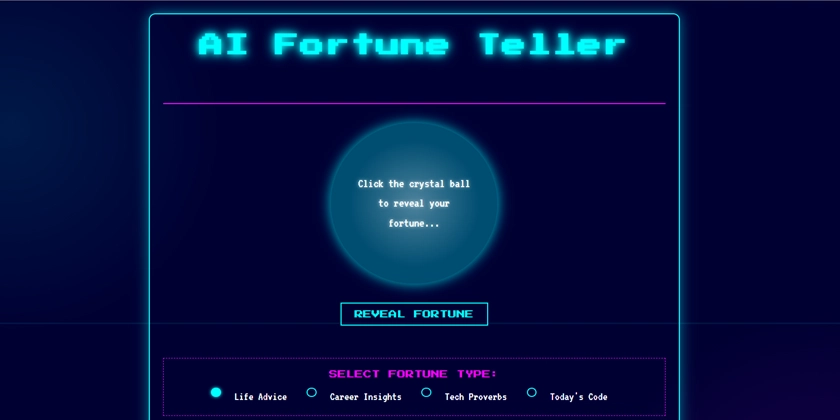
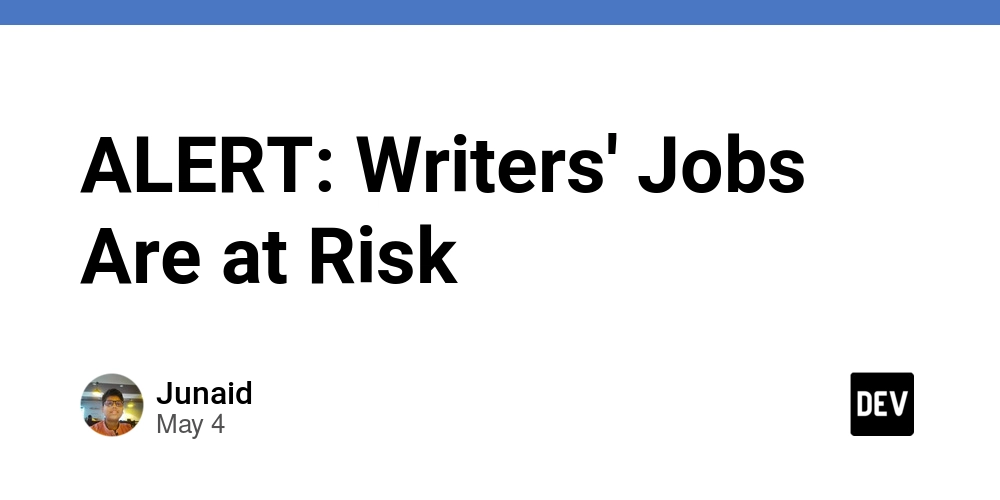
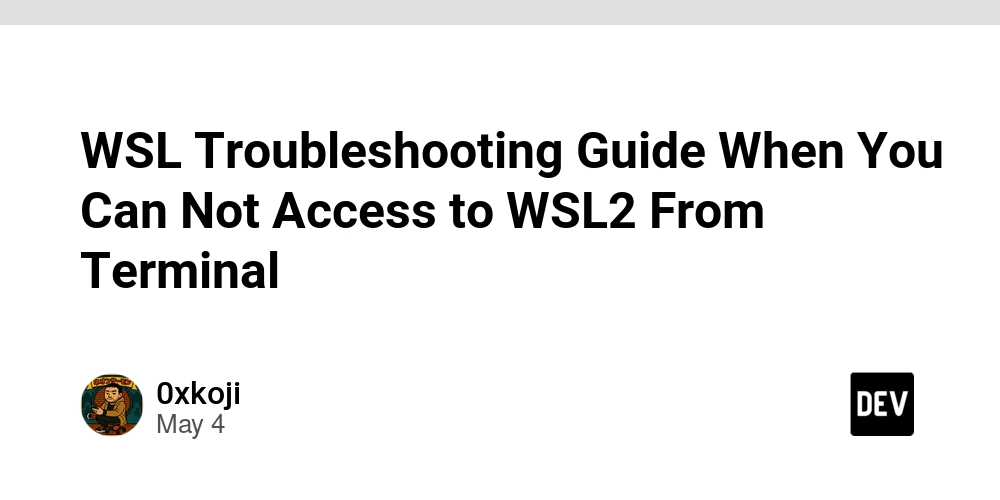













![[FREE EBOOKS] Learn Computer Forensics — 2nd edition, AI and Business Rule Engines for Excel Power Users & Four More Best Selling Titles](https://www.javacodegeeks.com/wp-content/uploads/2012/12/jcg-logo.jpg)





![From Art School Drop-out to Microsoft Engineer with Shashi Lo [Podcast #170]](https://cdn.hashnode.com/res/hashnode/image/upload/v1746203291209/439bf16b-c820-4fe8-b69e-94d80533b2df.png?#)






































































































(1).jpg?#)
































_Inge_Johnsson-Alamy.jpg?width=1280&auto=webp&quality=80&disable=upscale#)










































































































![Apple to Split iPhone Launches Across Fall and Spring in Major Shakeup [Report]](https://www.iclarified.com/images/news/97211/97211/97211-640.jpg)
![Apple to Move Camera to Top Left, Hide Face ID Under Display in iPhone 18 Pro Redesign [Report]](https://www.iclarified.com/images/news/97212/97212/97212-640.jpg)
![Apple Developing Battery Case for iPhone 17 Air Amid Battery Life Concerns [Report]](https://www.iclarified.com/images/news/97208/97208/97208-640.jpg)
![AirPods 4 On Sale for $99 [Lowest Price Ever]](https://www.iclarified.com/images/news/97206/97206/97206-640.jpg)
































![[Updated] Samsung’s 65-inch 4K Smart TV Just Crashed to $299 — That’s Cheaper Than an iPad](https://www.androidheadlines.com/wp-content/uploads/2025/05/samsung-du7200.jpg)




































































